‘Most consequential challenge’: Pentagon expects China to triple nuclear warhead stockpile by 2035
A report assessing China’s military capacity has exposed a chilling truth – and the world is taking note.
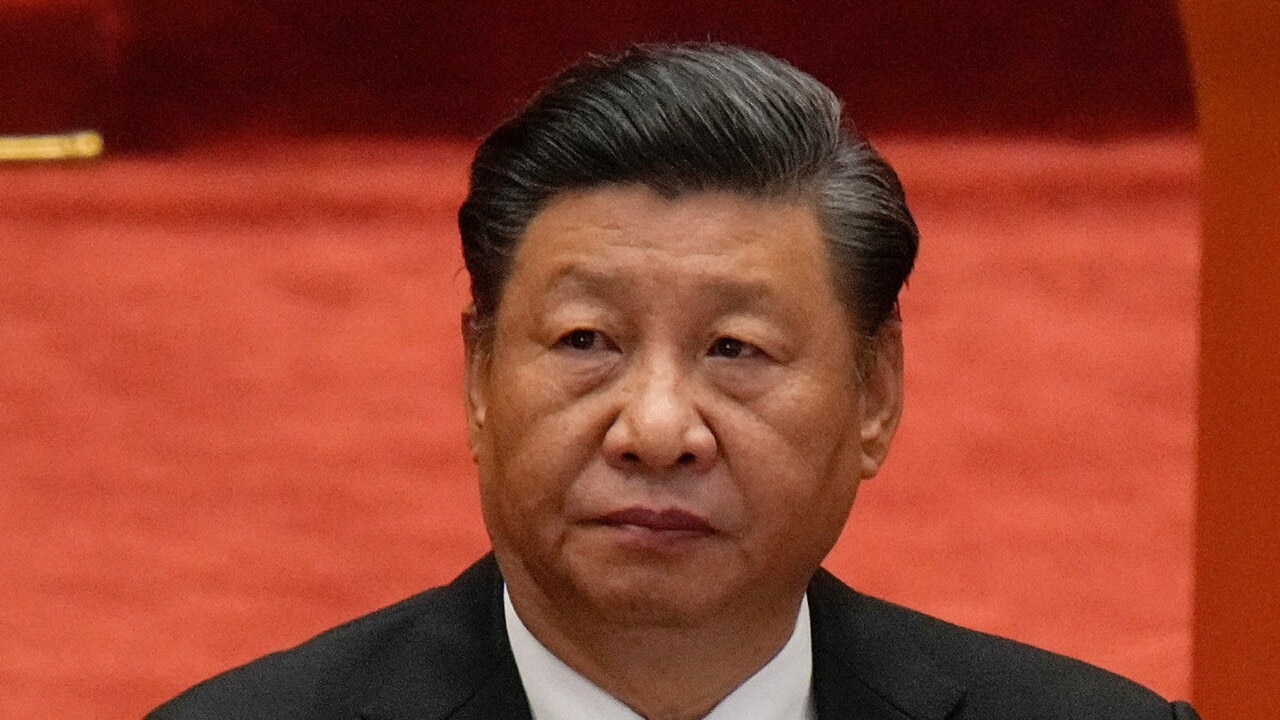
The Pentagon has warned China’s nuclear arsenal will hit 1,500 warheads by 2035.
Washington has identified Beijing as the most significant challenge to the US, as the annual report on China’s military emphasised improvements to both its nuclear and conventional forces.
The report, titled Military and Security Developments Involving the People’s Republic of China, read: “The Department of Defence estimates that (China’s) operational nuclear warheads stockpile has surpassed 400.
“If China continues the pace of its nuclear expansion, it will likely field a stockpile of about 1,500 warheads (by 2035).”
However, that figure is far less than the arsenals of the US and Russia, which according to the Federation of American Scientists, were at 5,428 warheads in the US compared to Russia’s 5,977 earlier this year.
The report claimed that China intended to “develop new nuclear warheads and delivery platforms” that at least match those under development by the US and Russia.
Pentagon Press Secretary Brigadier General Pat Ryder said an increase in the Chinese nuclear arsenal would be a source of instability.
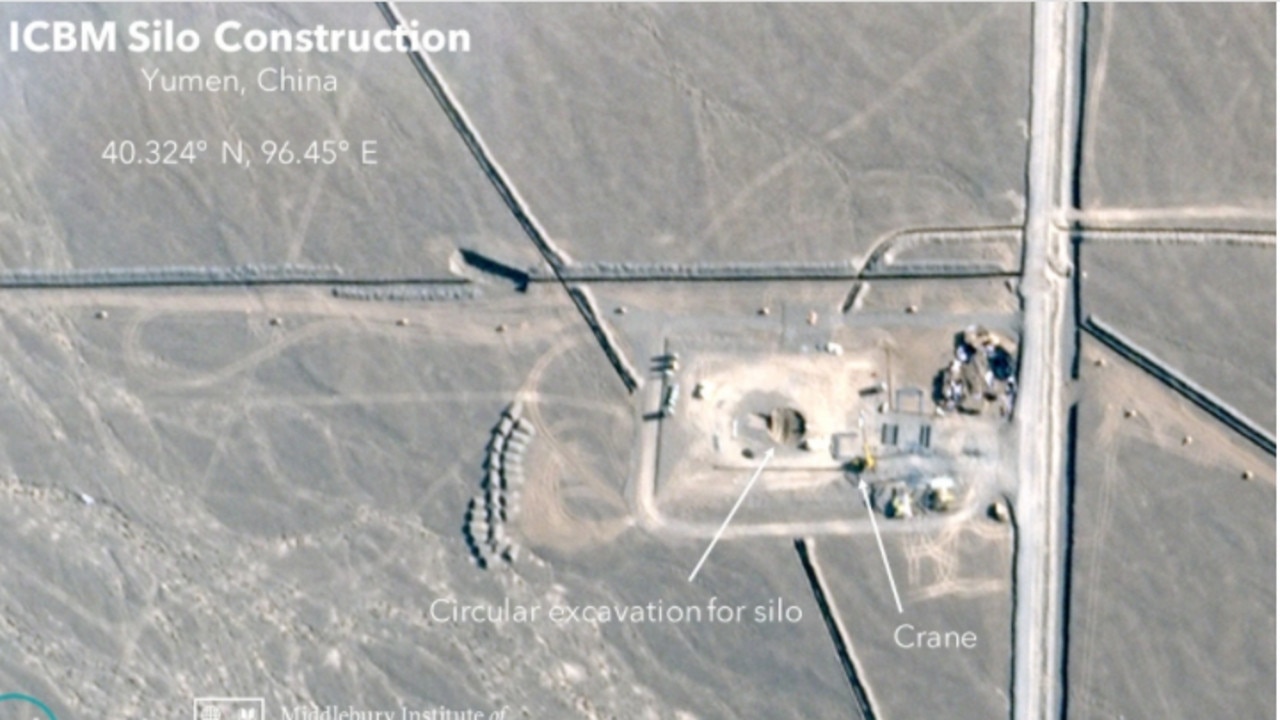
“The more proliferation there is, the more concerning it is, the more destabilising to the region it is,” he said.
In addition to its proliferation, the report also stated Beijing was modernising its ballistic missile arsenal, launching about 135 in testing over 2021.
“(That was) more than the rest of the world combined,” excluding those fired in conflicts, according to the report.
“(China is) developing new intercontinental ballistic missiles (ICBMs) that will significantly improve its nuclear-capable missile forces,” the report said.
According to FAS reports, the US nuclear warhead stockpile is in decline, with Russia, UK, North Korea, China, India and Pakistan all estimated to have increased.
And news of a deproliferation under the Biden Administration has drawn criticism.
A former Democrat turned Republican senator for Louisiana, John Kennedy, lashed the president for a supposed “scaling back” of its arsenal.
“China is equipping its nuclear submarines with missiles that can reach our homeland, while the Biden administration is cancelling our nuclear-tipped sea-launched missile — against the advice of top military officers,” he claimed.
“Why are we scaling back our nuclear capabilities while China builds its up?”
In early November, China’s President, Xi Jinping condemned recent rhetoric around nuclear war, urging Russian President, Vladimir Putin, not to use them in the conflict in Ukraine.
“The international community should … jointly oppose the use or threats to use nuclear weapons, advocate that nuclear weapons must not be used and nuclear wars must not be fought, in order to prevent a nuclear crisis in Eurasia,” he reportedly said in a meeting with German Chancellor Olaf Scholz.
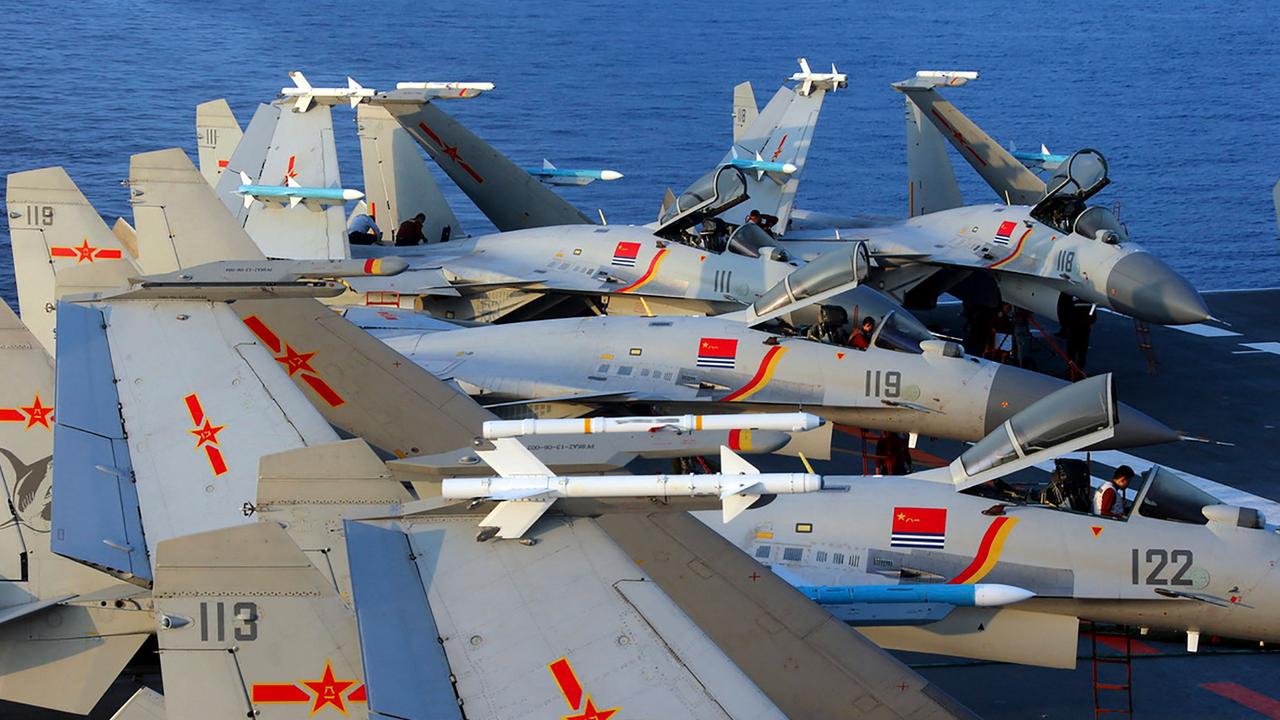
The report also found China’s 2,800-strong air force – already the third-largest in the world — was also modernising and “rapidly catching up to Western air forces.”
“This trend is gradually eroding longstanding and significant US military-technical advantages … in the air domain,” it stated.
Before the report’s release, a senior US defence official said that China’s air force is “trying to … progress rapidly on all fronts.”
The report also noted “coercive and aggressive actions” China had adopted in the Asia-Pacific region
“Throughout 2021 and into 2022, (Chinese) vessels and aircraft have exhibited a sharp increase in unsafe and unprofessional behaviour --- risking a major incident or accident,” it said.
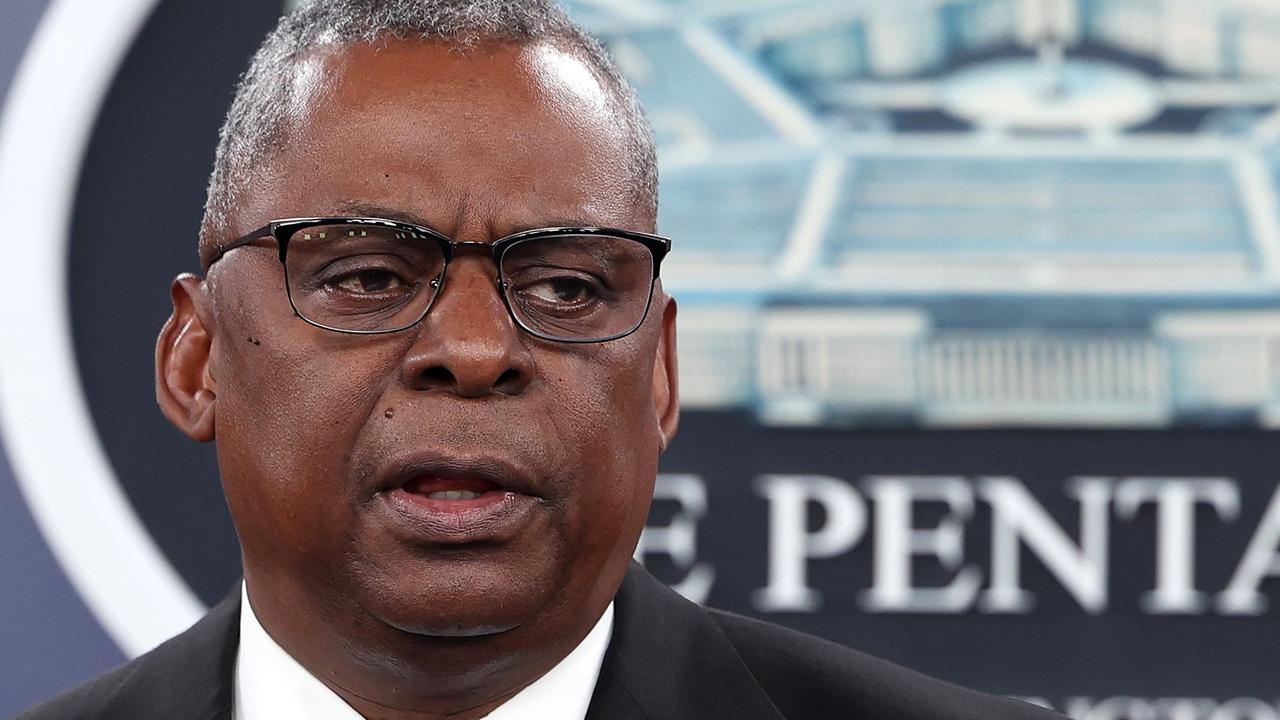
US Defence Secretary Lloyd Austin recently raised such concerns with his Chinese counterpart – Minister of National Defence of the People’s Republic of China, Wei Fenghe.
According to the Pentagon last week, the pair discussed US-PRC defence relations and regional and global security issues where Secretary Austin emphasised the need to “responsibly manage competition and maintain open lines of communication.”
“(Mr Austin) reaffirmed the importance of peace and stability across the (Taiwan) Strait,” a statement read.
“He underscored his opposition to unilateral changes to the status quo and called on the PRC to refrain from further destabilising actions toward Taiwan.”
But Taiwan, a self-governing democratic island Beijing claims as its own, remains a sore point in US-China relations, with the DOC report stating China’s military “increased provocative and destabilising actions” during 2021 around Taiwan.
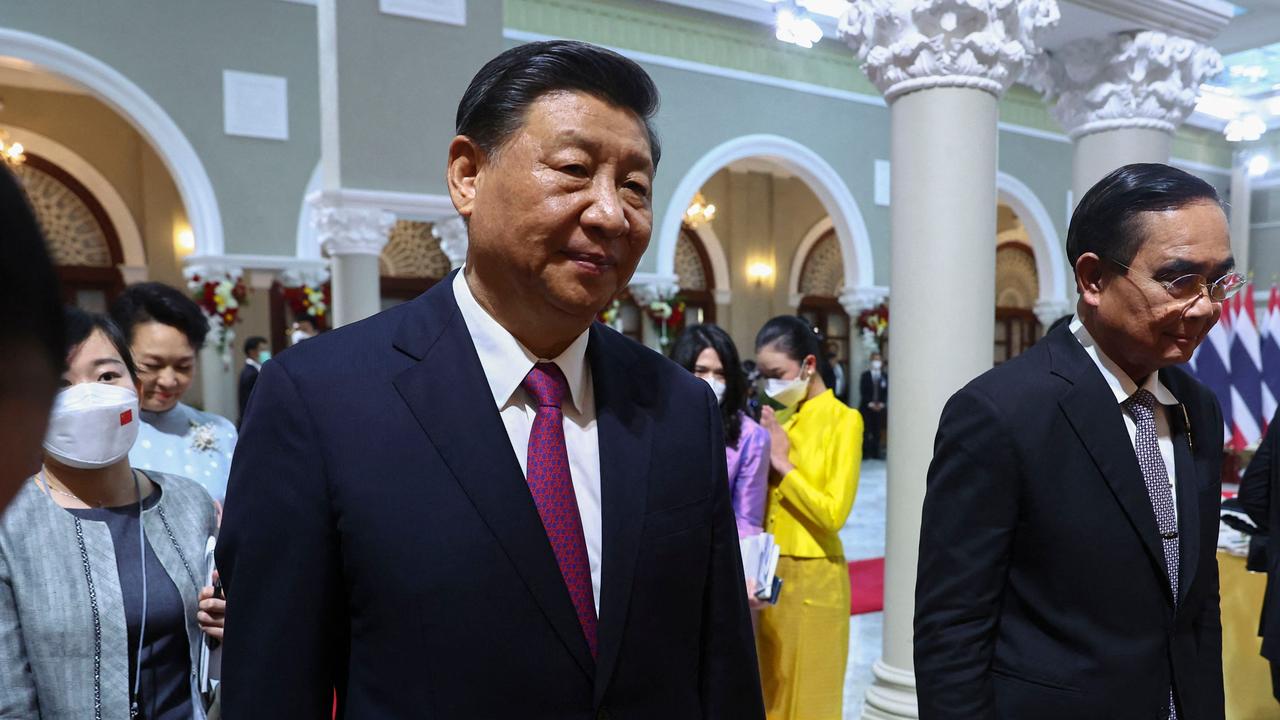
The situation was exemplified in August when China held its most significant and most aggressive exercises around the island since the 1990s in response to a visit to Taiwan by US House Speaker Nancy Pelosi.
AFP reports both sides have since moved to lower the temperature, but a senior defence official said while the Chinese military activity around Taiwan has decreased, it is still higher than before.
“(China has) establishing kind of a new normal in terms of the level of military activity around Taiwan following the speaker’s visit,” the official said.
“Even though we don’t see an imminent invasion, obviously, that sort of an elevated level of … intimidating and coercive activity around Taiwan is a source of concern.”





